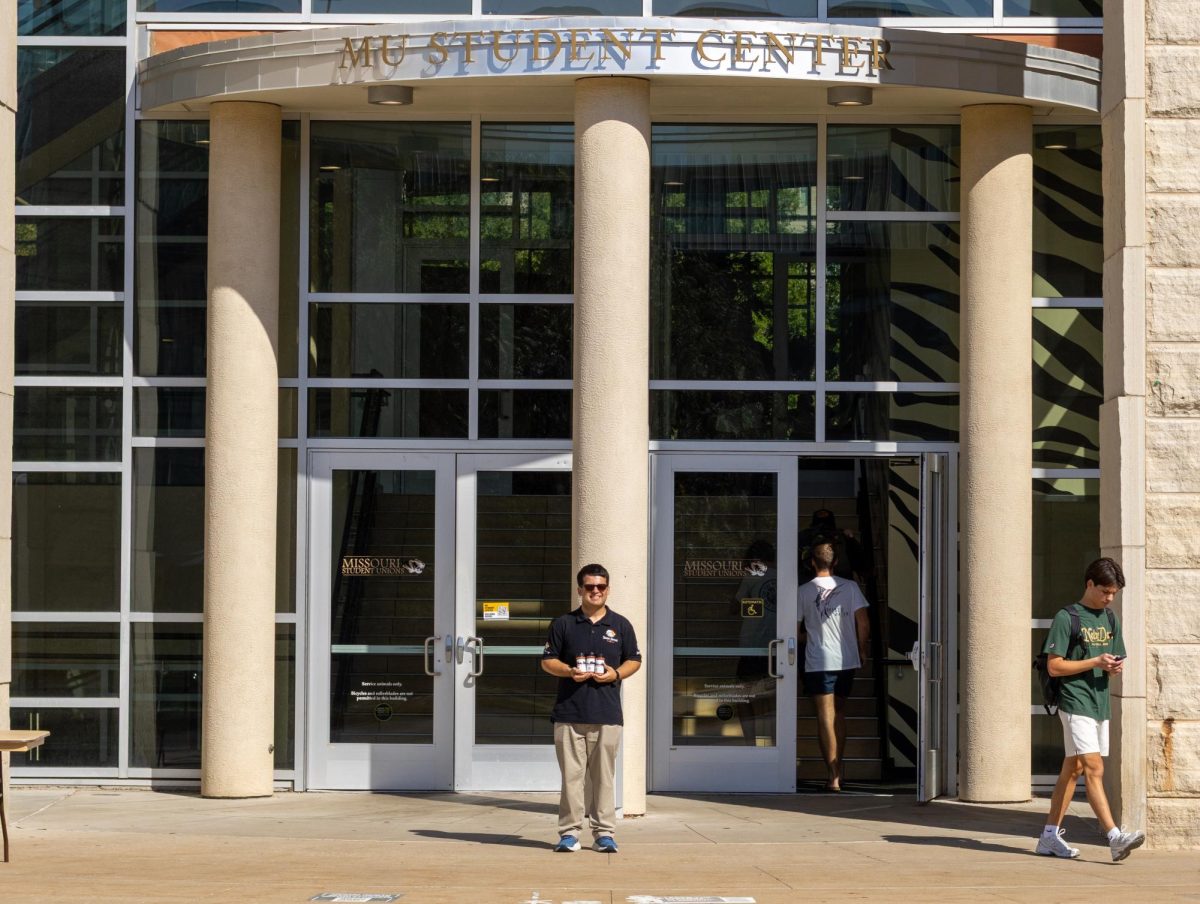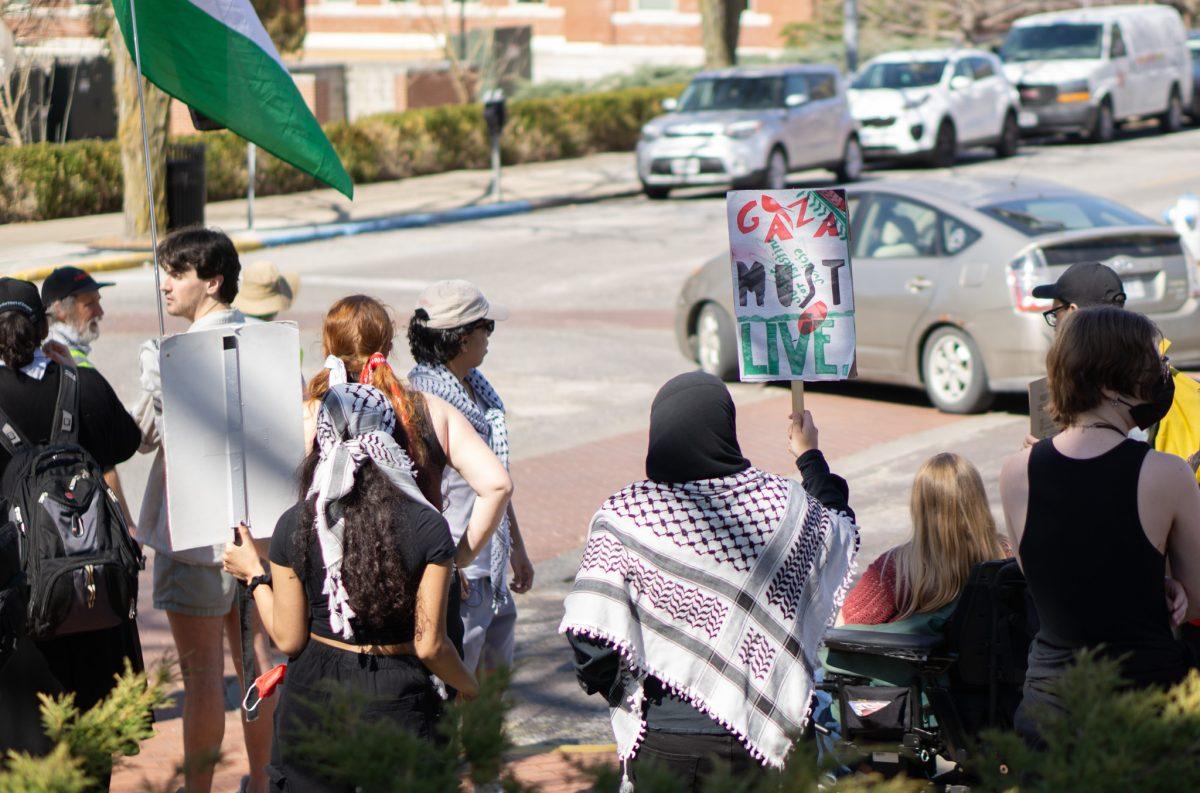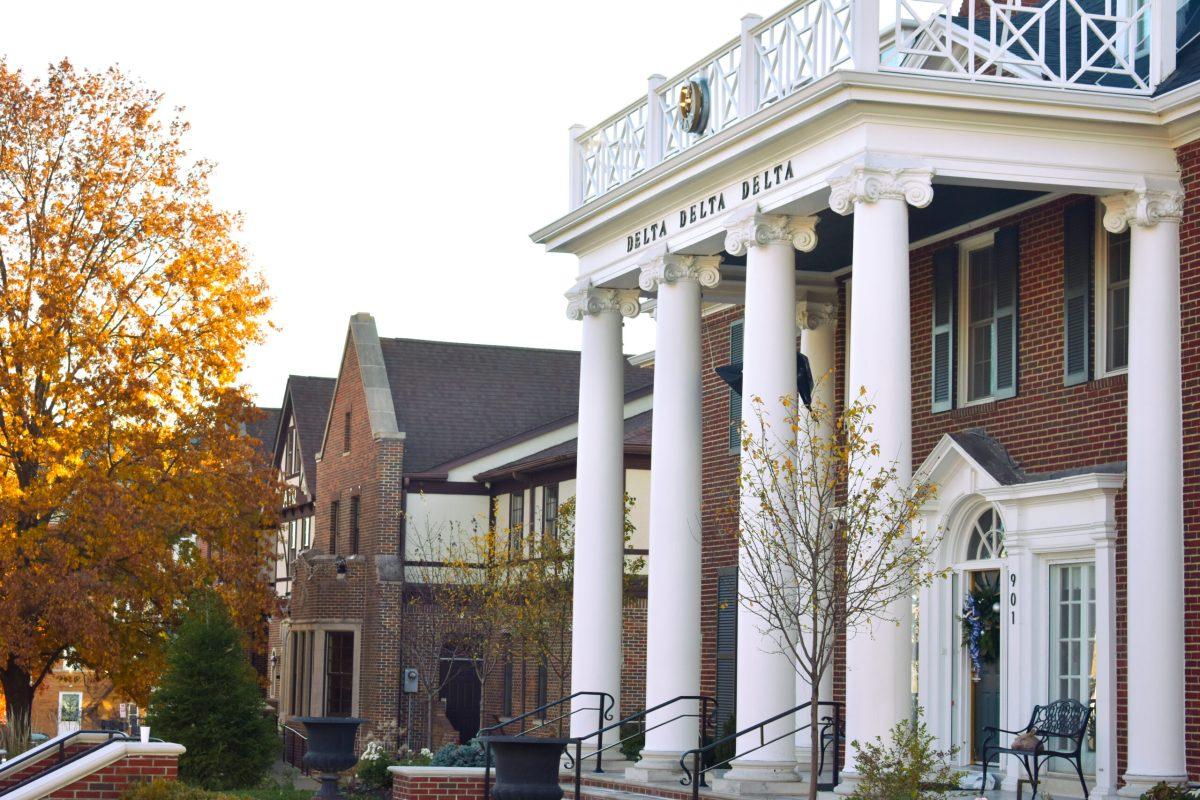MU’s enrollment has increased by 14.4 percent, according to a report by the MU News Bureau. The report stated that 4,547 students had paid enrollment deposits as of May 2.
This is a 538 increase from the 4,009 students who had paid the deposit around this time last May. With these changes in enrollment, five halls that weren’t operational last year are reopening. These halls are Respect, Discovery, Excellence, Schurz and Center.
“There’s an estimated increase of about 1,000 residents from last year,” Residence Halls Association president Nathan Dare said in an email. “We didn’t track how many upperclassmen have lived in the halls in the past, but with the success and popularity of the upperclassmen community in Defoe-Graham Residence Hall, I think there will be a noticeable change in the years to come.”
Compared to previous years, Residential Life officials also expect that more upperclassmen will be moving into residence halls this year.
“With the increased enrollment as well as the increase in returning students, the demand for residence halls is a lot higher,” residence assistant Trey Cook said. “We’re at around 94 percent capacity this year, which is quite an increase from last year. That has increased the number of residence halls as well as the number of staff members required for those residence halls.”
The increase in students has also called for an increase in Residential Life staff members.
“Residential Life also extended desk hours to promote an even safer environment than before, so more DA’s had to be hired,” Dare said in an email. “I think the largest change that was made for this move-in was the amount of volunteers MU gathered to ease the process for our new Tigers. Student Affairs really stepped up this year and brought hundreds of volunteers to ensure the success of the new centralized move in process.”
The hiring increase has also caused a switch in the programming methods for RHA and Residential Life.
“They’re changing the programming model a lot between RHA and Res Life,” Cook said. “It used to be that RAs did a lot of programming themselves, and it was kind of bottom-up. RAs would create the programming stuff and send it to RHA. Now, it’s kind of top-down where a lot of the programming is coming down from RHA and onto Res Life.”
The increase in enrollment not only makes programming changes, it also improves diversity within the Residential Life network.
“I think by having a bigger team, you also have a more diverse team,” Cook said. “So you can work with different student staff across campus that have a different background than you, which opens it up to different students which I think is good.”
_Edited by Stephi Smith | [email protected]_












